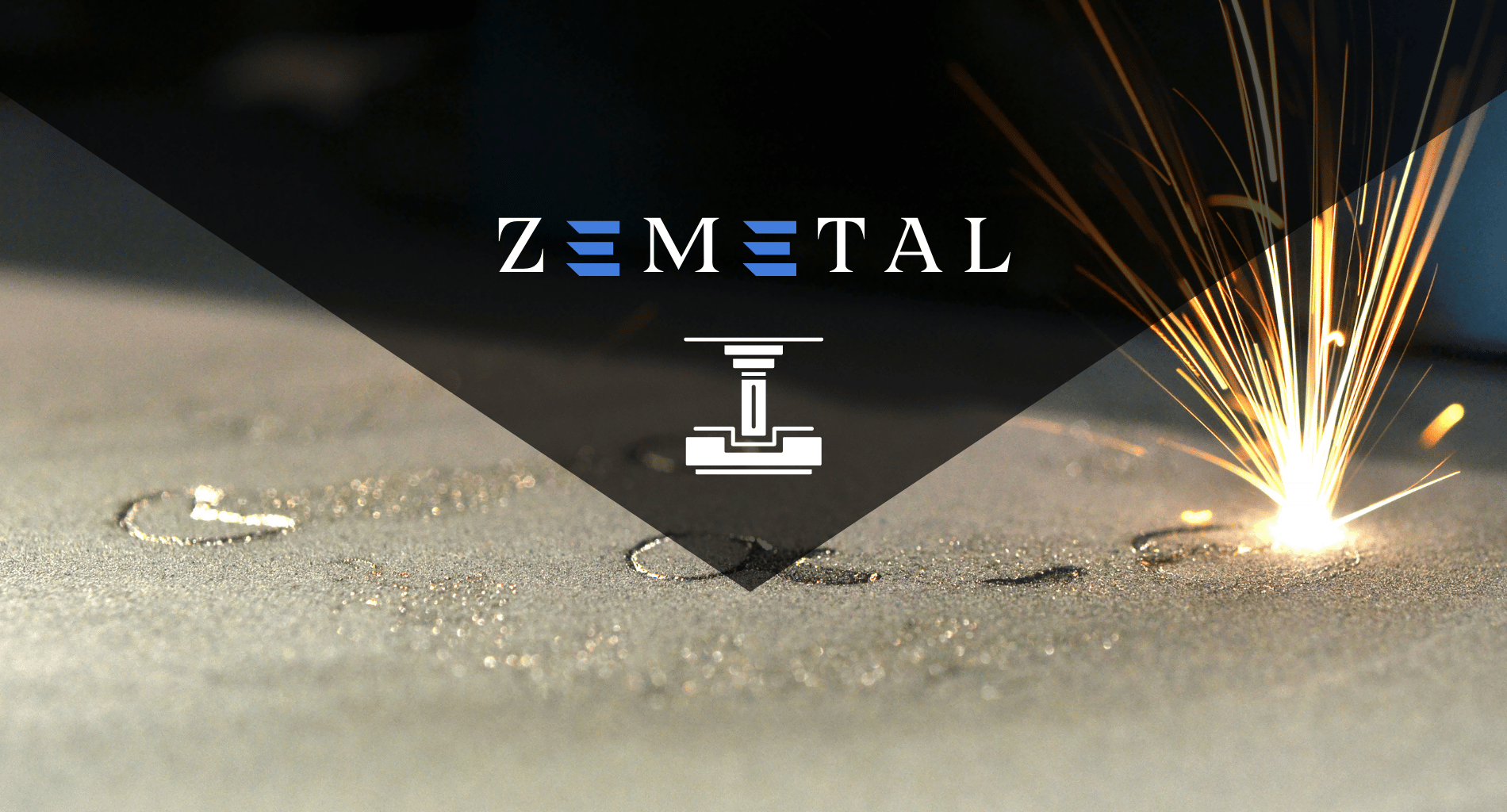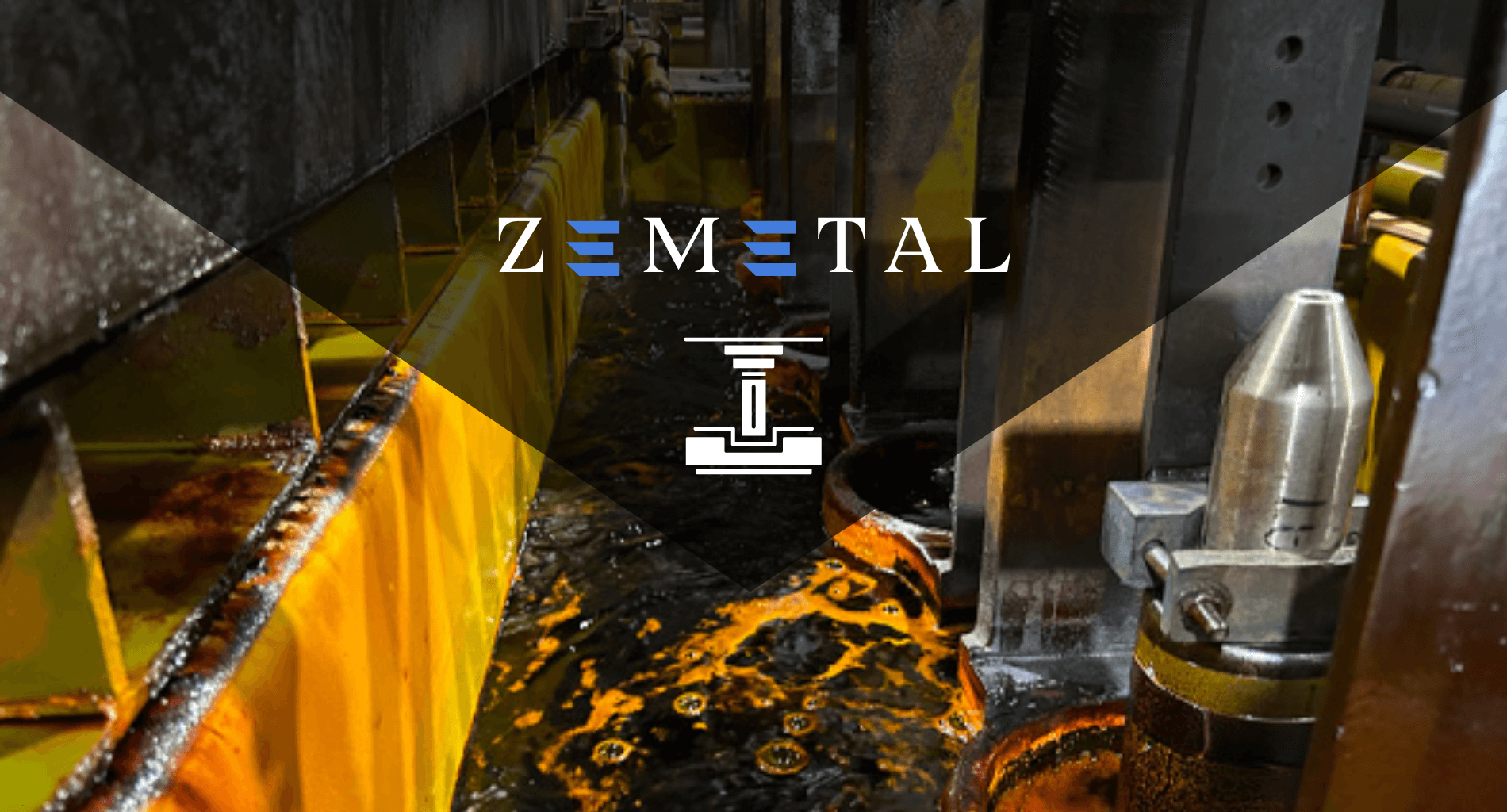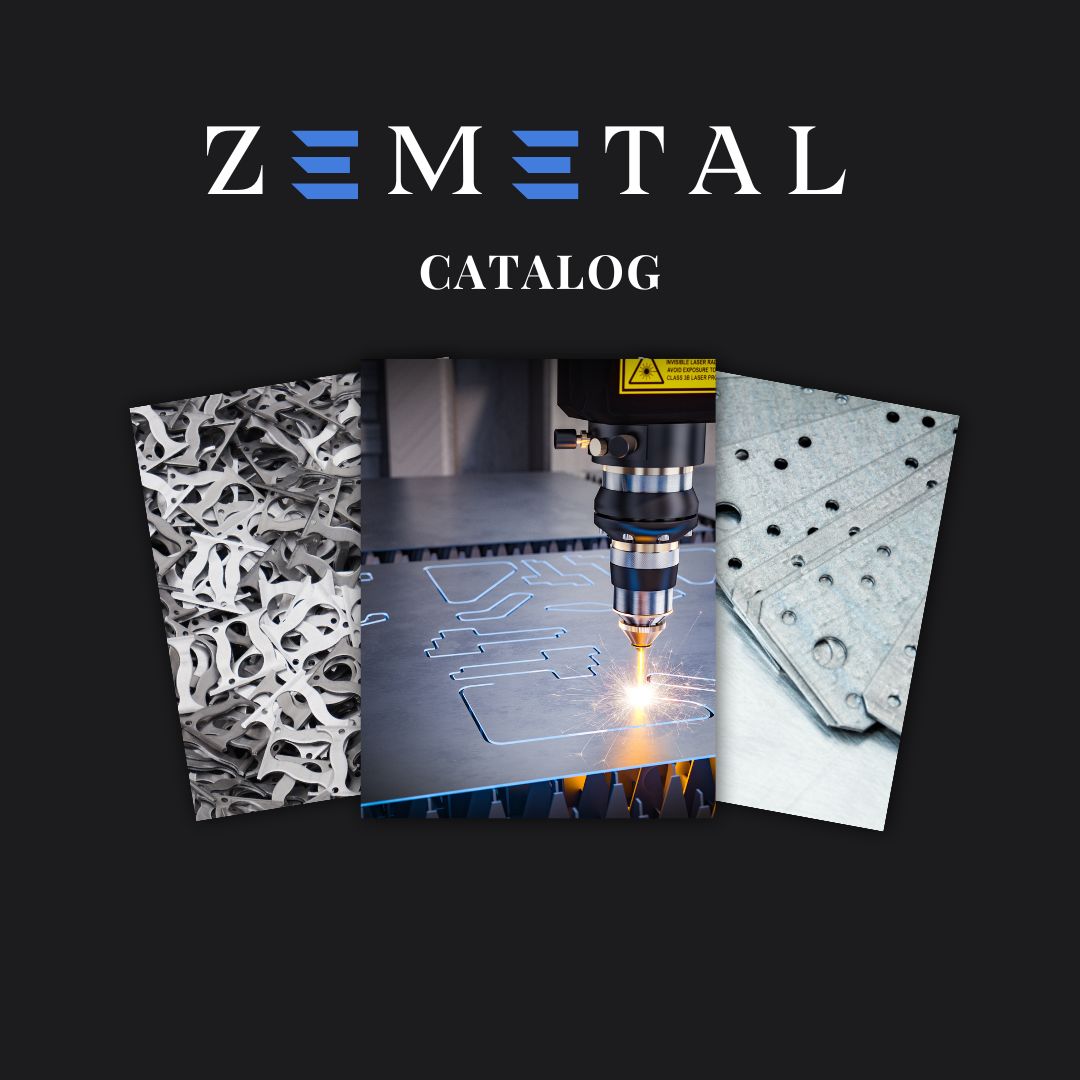Ever wondered how intricate designs in metal products are achieved? The secret often lies in aluminum sheet metal stamping.
With years of experience in the metal fabrication industry, our insights can guide you through the complexities and applications of this process.
Aluminum sheet metal stamping is an innovative and versatile technique used in various industries to create detailed, durable components. This process is prized for its precision and efficiency.
In this article, we will delve into the techniques, benefits, and challenges of aluminum sheet metal stamping, providing valuable insights for businesses and entrepreneurs.
Keep reading to learn more!
1. Understanding Aluminum Sheet Metal Stamping
Aluminum sheet metal stamping, a crucial manufacturing technique, involves transforming aluminum sheets into specific shapes and designs using high-pressure machinery. Renowned for its precision and efficiency, this process ensures the production of complex parts with consistent quality. The choice of aluminum, noted for its lightweight yet strong properties, is particularly advantageous in this method.
This technique is not only effective for high-volume production but also minimizes material wastage, making it both cost-effective and environmentally sustainable. Reflecting this trend, the aluminum metal stamping market, as reported by Globe News Wire, is projected to grow at a compound annual growth rate (CAGR) of 3.8% in 20302, indicating a significant expansion in this sector.
2. Advantages of Aluminum in Stamping
Building on our understanding of aluminum sheet metal stamping, it’s clear that the material’s unique properties play a vital role in its effectiveness in this process. Here are the key advantages of using aluminum in stamping:
Lightweight yet Strong
Aluminum’s most significant advantage in stamping is its exceptional strength-to-weight ratio. Despite being remarkably lightweight, aluminum maintains a high level of strength and resilience. This quality is crucial in industries like automotive and aerospace, where reducing weight without compromising strength is essential for performance and fuel efficiency.
High Corrosion Resistance
Another notable advantage of aluminum is its natural resistance to corrosion. For instance, when exposed to air, aluminum forms a thin oxide layer that protects it from rust and environmental degradation. This characteristic makes aluminum ideal for outdoor applications and products exposed to harsh conditions, extending the lifespan of the stamped parts and reducing maintenance costs.
Excellent Conductivity and Reflectivity
Aluminum is also known for its excellent thermal and electrical conductivity, making it suitable for electrical and heat-exchange applications. Additionally, its ability to reflect light and heat is beneficial in lighting and thermal management solutions. These properties expand the range of applications for aluminum stamped parts, from electrical components to cooling systems.
3. Types of Aluminum Stamping Techniques
After exploring the advantages of aluminum in the stamping process, it’s important to understand the different techniques utilized in aluminum stamping. Here are the main types of aluminum stamping techniques:
Progressive Die Stamping
Progressive die stamping is a highly efficient method where the aluminum sheet is fed through a series of stamping stations, each performing a different operation. This continuous process is ideal for large-scale production, significantly reducing manufacturing time and cost. It’s particularly effective for complex parts requiring multiple stages of bending, punching, or coining.
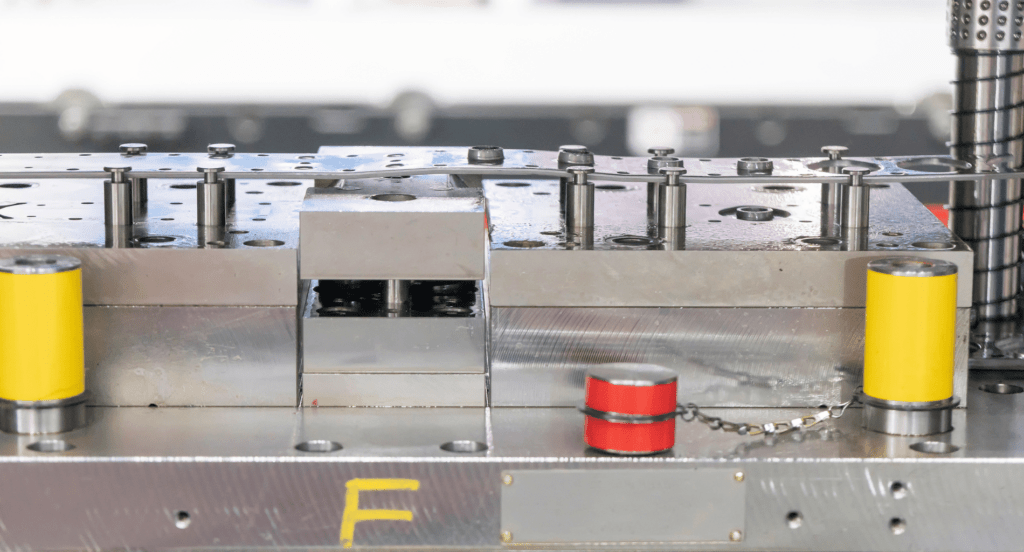
Deep Draw Stamping
Deep draw stamping is used to create deep, hollow shapes from aluminum sheets. This technique involves drawing the material into a die by a mechanical punch, forming parts like pots, pans, and automotive components. The process is known for producing seamless and highly durable parts, making it suitable for items requiring high structural integrity.
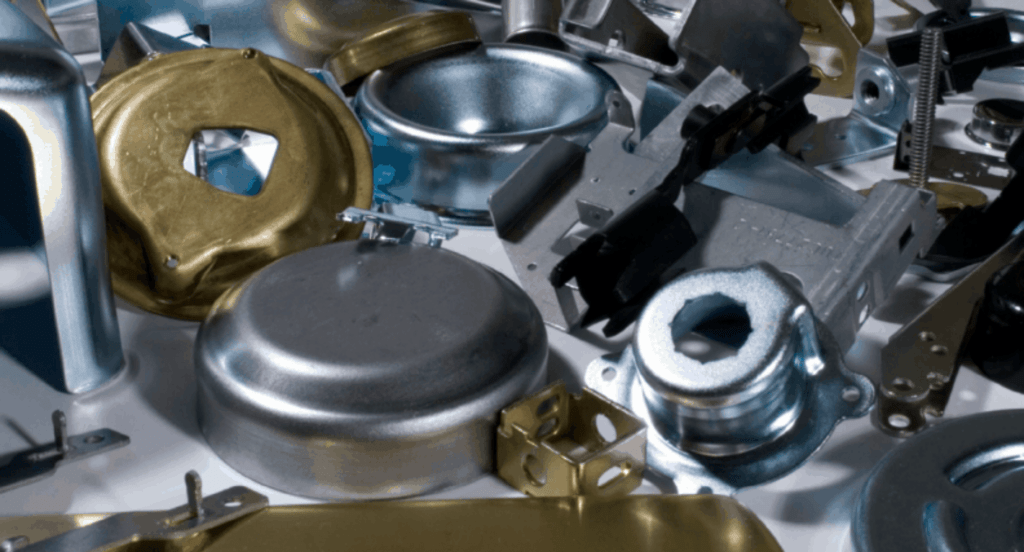
Four-Slide Stamping (Multislide)
Four-slide, or multislide stamping, is a versatile technique that allows for intricate bends and twists in multiple directions. It utilizes horizontal and vertical slides to shape the aluminum, offering greater flexibility in part design. At Zemetal, this method is particularly beneficial for complex components with intricate geometries, often used in electronic and consumer products.
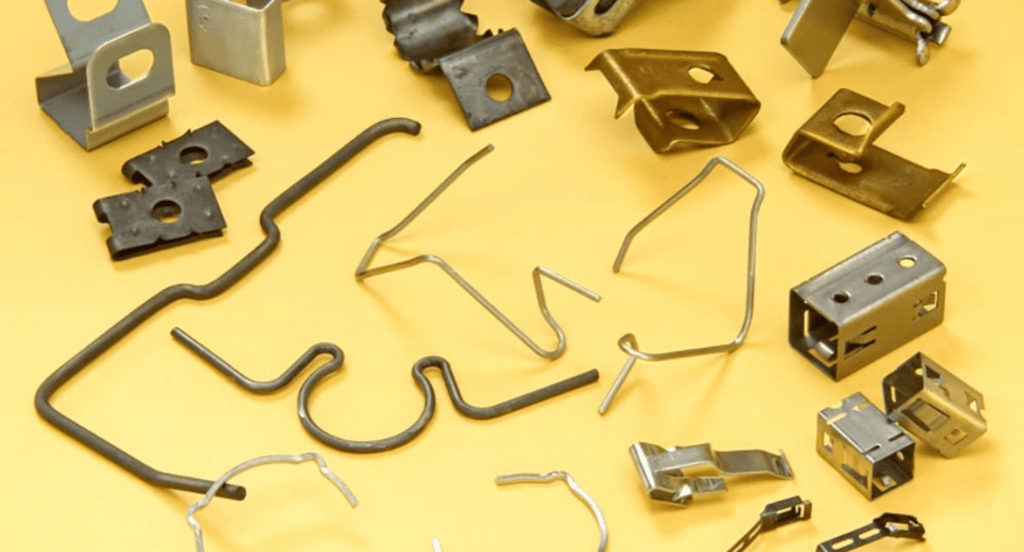
4. Design Considerations in Aluminum Stamping
In aluminum stamping, different techniques offer a range of possibilities. However, successful application of these methods hinges on several critical design considerations. Here are key points to keep in mind:
- Material Thickness and Grade: The choice of aluminum grade and thickness directly impacts the stamping process. Thinner materials are easier to shape but may lack structural integrity, while thicker grades offer durability but require more force to manipulate. Selecting the right balance is crucial for the functionality and cost-effectiveness of the final product.
- Part Complexity and Tolerances: The complexity of the design and the required tolerances dictate the choice of stamping technique. More complex designs with tight tolerances may need advanced methods like progressive die or four-slide stamping to ensure precision.
- Tooling Design and Maintenance: Effective tooling design is essential for achieving desired outcomes in aluminum stamping. Tools must be robust to withstand the stresses of stamping, and regular maintenance is necessary to ensure consistent quality and prolong tool life.
- Surface Finish and Post-Processing: Considering the desired surface finish and any necessary post-processing steps is important. Aluminum parts may require additional treatments like anodizing, painting, or polishing to enhance appearance, durability, or corrosion resistance.
5. The Process of Aluminum Sheet Metal Stamping
It’s crucial to understand the step-by-step process that transforms a simple aluminum sheet into a complex and functional part. This process can vary depending on the specific application and technique used. Here are the primary steps in the aluminum sheet metal stamping process:
Step#1 Design and Prototyping
The process begins with a detailed design phase, where engineers create the blueprints for the stamped parts. This stage involves precise calculations and considerations of the material’s properties, desired shape, and functionality of the part. Once the design is finalized, prototypes are often made. These prototypes are crucial for testing and refining the design before full-scale production begins.
Step#2 Tool and Die Making
After finalizing the design, the next step is to manufacture the tools and dies that will shape the aluminum. These tools are custom-made to match the part’s specifications and are crafted from high-grade steel to withstand the pressures of stamping. The quality and precision of the tooling are vital, as they directly impact the accuracy and quality of the stamped parts.
Step#3 Sheet Metal Feeding and Stamping
With the dies and tools ready, the actual stamping process can begin. Sheets of aluminum are fed into the stamping press, which uses the dies to cut, bend, and shape the metal. The press exerts tremendous force, transforming the flat sheets into the desired forms. This step may be repeated multiple times, with different dies used for each specific operation, especially in progressive die stamping.
Step#4 Inspection and Finishing
The final stage involves inspecting the stamped parts for quality and accuracy. Any defects are addressed, and the parts may undergo additional processes like deburring, cleaning, or applying finishes to enhance their appearance and resistance to corrosion. Once they meet all quality standards, the parts are ready for assembly or shipment to the customer.
6. Aluminum Stamping in Different Industries
The aluminum sheet metal stamping process, with its precise and efficient methodology, has become a cornerstone in various industries, each with its unique requirements and applications. Here are some of the key industries where aluminum stamping plays a vital role:
Automotive Industry
In the automotive sector, aluminum stamping is crucial for producing lightweight, strong, and durable parts. This is particularly important for creating components that contribute to fuel efficiency and safety, such as chassis parts, engine mounts, and brackets. The use of aluminum in vehicles not only reduces their overall weight but also enhances performance, making aluminum stamping a favored choice in this industry.
Aerospace and Aviation
Aluminum stamping is also extensively used in the aerospace and aviation industries. For example, components like fuselage parts, wing structures, and various internal mechanisms are often produced using aluminum stamping. This process ensures the creation of parts that can withstand the extreme conditions of aerospace applications while keeping the weight of the aircraft at a minimum.
Consumer Electronics
Aluminum stamping is employed to create components that are both aesthetically pleasing and functional. This includes casings for smartphones, laptops, and other gadgets, where aluminum’s sleek appearance and durability are highly valued. At Zeemtal, the precision of aluminum stamping allows for the production of thin, lightweight, yet robust parts that are integral to the design and functionality of modern electronic devices.
This table highlights the role of aluminum stamping in creating components for consumer electronics, such as casings for smartphones and laptops, emphasizing how it combines aesthetic appeal with functionality to produce thin, lightweight, and robust parts, as exemplified by Zeemtal’s precision stamping capabilities.
| Application | Description | Significance in Consumer Electronics |
| Casings for Smartphones and Laptops | Creating sleek, durable aluminum casings. | Enhances the aesthetic appeal and provides sturdy protection for devices. |
| Thin and Lightweight Parts | Producing parts that are both slim and strong. | Essential for the design of portable and compact electronic devices. |
| Robustness and Durability | Ensuring that stamped parts withstand regular use. | Contributes to the longevity and reliability of electronic gadgets. |
| Precision Stamping at Zeemtal | High accuracy in manufacturing processes. | Allows for the production of components with exact specifications, fitting seamlessly into device designs. |
| Aesthetic Appeal | Aluminum’s sleek and modern appearance. | Adds to the overall visual appeal of consumer electronics, making them more attractive to customers. |
7. Environmental Impact of Aluminum Stamping
Aluminum stamping, while indispensable in various industries for its efficiency and versatility, also has environmental implications that need to be considered. Here are the key environmental aspects of aluminum stamping:
- Recyclability of Aluminum: One of the most significant environmental benefits of using aluminum in stamping is its recyclability. Aluminum can be recycled repeatedly without losing its properties, reducing the need for virgin material extraction and minimizing waste.
- Energy Consumption in Production: The production of aluminum and its stamping process require significant energy, mainly when using primary aluminum. This energy consumption contributes to the overall environmental footprint of the process, although it can be mitigated by using recycled aluminum, which requires less energy to produce.
- Emission of Greenhouse Gases: The production of aluminum, especially from raw materials, is associated with greenhouse gas emissions, including carbon dioxide. While recycling aluminum significantly reduces these emissions, the initial manufacturing process still has a notable environmental impact.
- Waste Management: The stamping process produces some waste, including offcuts and trimmings. Efficient waste management practices, such as recycling scrap metal and minimizing offcuts through optimized design, are essential to reduce the environmental impact of aluminum stamping.
8. 4 Tips and Best Practices in Aluminum Sheet Metal Stamping
While aluminum sheet metal stamping is an efficient and versatile manufacturing process, it requires careful consideration to maximize its benefits while minimizing its environmental impact. Here are some essential tips and best practices in aluminum sheet metal stamping:
#1 Optimizing Material Use
Efficient use of materials is key in aluminum stamping. This involves designing parts to maximize the use of the sheet and minimize waste. Utilizing nesting software can help plan layouts that reduce scrap. Additionally, recycling any offcuts or scrap aluminum can further enhance sustainability and cost-effectiveness.
#2 Regular Maintenance of Equipment
Maintaining stamping equipment is essential for ensuring consistent quality and prolonging the life of the tools. Regular checks and servicing can prevent breakdowns and defects in stamped parts. This includes sharpening and aligning dies, lubricating moving parts, and promptly addressing any wear and tear.
#3 Implementing Advanced Technology
Embracing advanced technologies like automation and precision engineering can significantly improve the stamping process. Automated systems ensure consistent pressure and alignment, reducing human error and increasing production speed. Using precision-engineered dies also enhances the quality of the stamped parts and reduces the need for post-processing.
#4 Ensuring Quality Control
Quality control is crucial in every step of the aluminum stamping process. This includes inspecting the raw material for consistency, monitoring each stage of stamping for accuracy, and conducting final checks on the finished parts. Implementing a robust quality control system ensures that the products meet the required standards and specifications, reducing waste and customer dissatisfaction.
Conclusion
Aluminum sheet metal stamping stands out as a critical process in the metal fabrication industry. Its ability to produce complex, high-quality parts efficiently makes it an invaluable tool for businesses looking to innovate and excel in a competitive market.
At Zemetal, we specialize in providing top-tier aluminum sheet metal stamping. If you’re looking to enhance your production capabilities with high-quality aluminum stamping, contact us today.
Dive Deeper Into Our Resources
Looking for more diverse service options? Browse through our handpicked selections:
Still haven’t found what you’re looking for? Don’t hesitate to contact us. We’re available around the clock to assist you.


